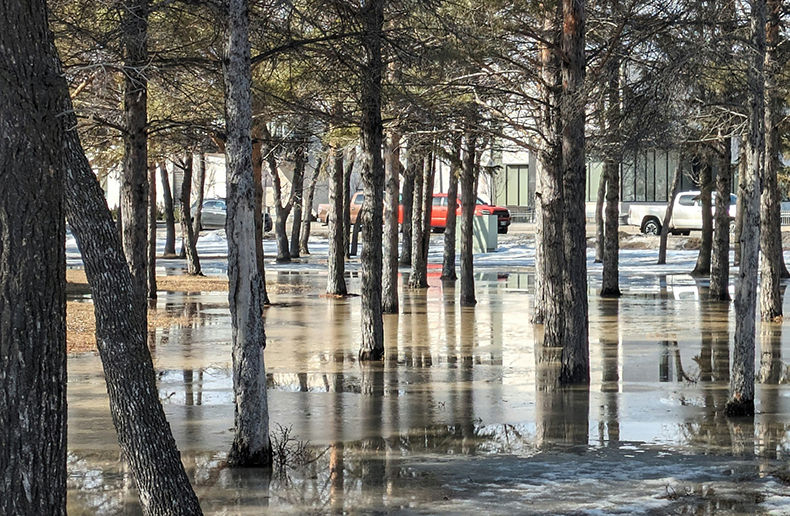Evolving microinsurance landscape is expanding
By
Kate McCaffery
|
May 2, 2024, 10:27 a.m.

Photo: Freepik
Insurers penetrate only 15 per cent of the overall microinsurance market globally.
This article is reserved to PRO Level subscribers
Discover the PRO Level
Already subscribed? Sign in >
Advertisement
The most popular in Life Insurance
Make your business shine with Visibility360!
Get a PDF version to share in your networks.
I'm interestedHeadlines
Advertisement
Related topics …











